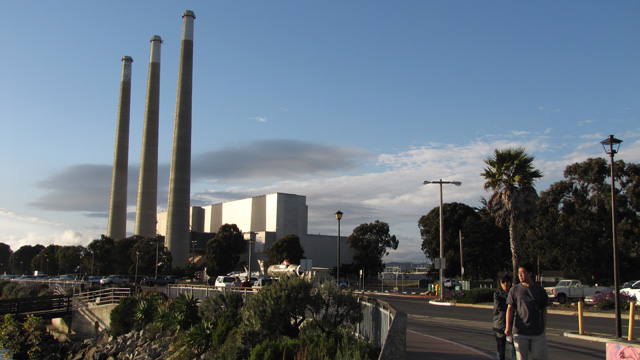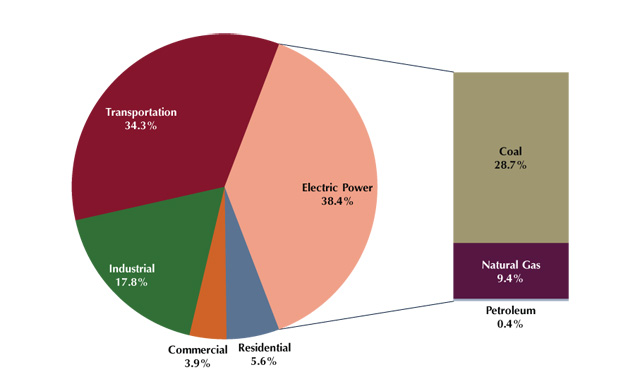
UPDATED with post-announcement reaction and details
Following Monday’s roll-out from the federal Environmental Protection Agency, there was optimism — if not clarity — over what proposed new regulation of power plant carbon emissions would mean for California.
“The idea of setting higher standards to cut pollution at our power plants is not new,” President Barack Obama said in his weekly address, “It’s just time for Washington to catch up with the rest of the country.”
When the president refers to “the rest of the country,” California looms large, given the state’s aggressive moves to cut carbon emissions. Those include a power mix with 33 percent renewable energy by 2020, and the nation’s most ambitious cap-and-trade program to throttle industrial emissions of greenhouse gases. California put specific limits on global warming emissions from power plants back in 2006, with a law that Derek Walker of the Environmental Defense Fund calls, “a forerunner” of the new federal standard.
But the two use different measuring sticks. California’s broader climate strategy, also passed in 2006, aims to cut emissions back to 1990 levels by 2020. The new federal Clean Power Plan would require a 30 percent cut from 2005 levels by 2030. Nonetheless, Derek Furstenwerth, senior director for environmental services at Calpine, a major power producer in California, told reporters that while Calpine is still sifting details of the plan, California’s program is “sufficiently stringent” so that it should meet the federal goal.
